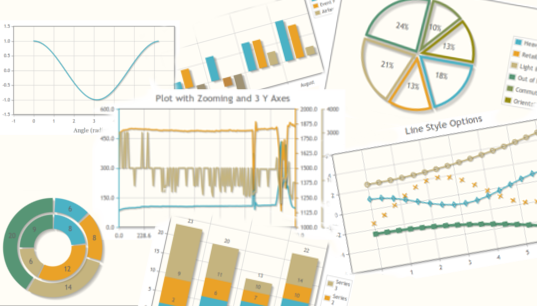August 31 2011

Ecommerce websites have their own unique character that is designed to lead the visitor to one simple task – make an online purchase. A web designer needs to consider a variety of online selling principles while designing an ecommerce website. In this article we will try to take a look at some of the major design aspects that you must have in an ecommerce website.
Many of you are probably already asking why ecommerce website design is different from any other website design. They all need to be attractive, well organised and use the right colors that fits the website spirit and so on. Your instincts are good. However a close look at some successful ecommerce websites will reveal the conceptual differences that are typical in a successful ecommerce website.
An ecommerce website needs to follow certain selling principles:
1. Give the user a pleasant experience during his online shopping.
2. Make certain you provide sufficient information on who owns the website and
why they should be trusted.
3. The website must be easy to use. If it isn’t, the visitor will go to your competitor.
Those principles are not new. We all know those basics from our day to day experiences at the local store, shopping center and every other market place that is waiting for us to open up our wallets. The big challenge for a web designer is how to translate those conventional marketing techniques to the virtual world of the internet. I’m sure you’ve all noticed that in most supermarkets the bread stand is placed at the far end of the building, yet you can smell the fresh bread at the entrance. That has been done deliberately. Marketers use our sense of smell to draw us through the store where we are exposed to all sorts of tempting goodies as we go to get our loaf of bread.
How do you draw an imaginarily path in a web page? A path designed to lead the visitor to do what you want him to do…make an online purchase. Unlike the supermarket our website has no smell. In a website the distance from one point to the other is pretty much the same, so the exit is always right there. In a website you can try to order the “shelf” in the way you think will best expose the visitor to many of your products, but there is always a chance that he will find a short cut to another page that can also be the way off your site.
As we can be see, although putting your products on the web is much easier then renting space and opening a supermarket. However, selling your products on the web can be difficult.
A good ecommerce website design will lead the visitor to the right page in one click or two at the most. Sometime web designers will use techniques that would never be considered for non-ecommerce websites. Everyone has seen at least one sales letter website. On these web pages the only link is to the order form. Sales letters are not the most typical ecommerce website because they usually sell only one product. That allows the web designer the ability to exaggerate the one click principle and make it an advantage. All the facts about the product have been presented to the user is a smart way while every few lines he has the option to click on the order form. If he is not yet convinced he will have the option to continue to read more facts and testimonials about the products. Believe it or not, those sales letter websites are actually selling.
“What about online shops?” Online shops have to deal with more then one product. Of course, the greater number of products increases the complexity of the website. Sophisticated ecommerce websites use a variety of personalisation technologies in an effort to determine the best selection of products to offer to the visitor. Personalisation technologies are a major part of advanced ecommerce websites. However this topic is beyond the scope of this article. The cleverness of an ecommerce website’s personalisation technology has a major influence on its design. The first to use such technology was Amazon.com who decided to push their client’s books to a visitor based on that visitor’s past orders combined with the statistics they had collected on all visitors used to predict what someone looking at a specific book might also be interested in reading. Today the goal is to try to predict what to offer the user on his first visit as well.
An ecommerce web design is also about the layout. One important aspect is where the user’s eyes look first when accessing a web page. Lots of research has been done on this topic. Most research showed that the middle left side area will attract the most attention followed by the center of the page. By using these techniques web designers try to draw the “walking path” for the visitor’s eye, much like what was done at the supermarket. An experienced ecommerce web designer will know how to create designs to meets those demands.
If you are about to open an ecommerce website or you are already own one, make sure you understand the web design principles for online selling.
If you ave any questions in regards to ecommerce web design and development do not hesitate to contact us and one of our friendly team members will help you out.
August 15 2011

I’m pretty sure that if you have worked on a project where some results have to be displayed in charts you’ll probably have the same problem as me and that is finding nice, easy implementing and custom able solution. Maybe you’ll find some flash solution but in most of the cases it will be very complicated to connect it with database and get an dynamic result and that is not what i want to recommend to you. I give you jqPlot – a jQuery plugin that is perfect solution for displaying result as charts and plots. Another advantage is the fact that is completely free and open source.

Click to download the latest version of the jQuery Chart Plugin jQuery jqPlot